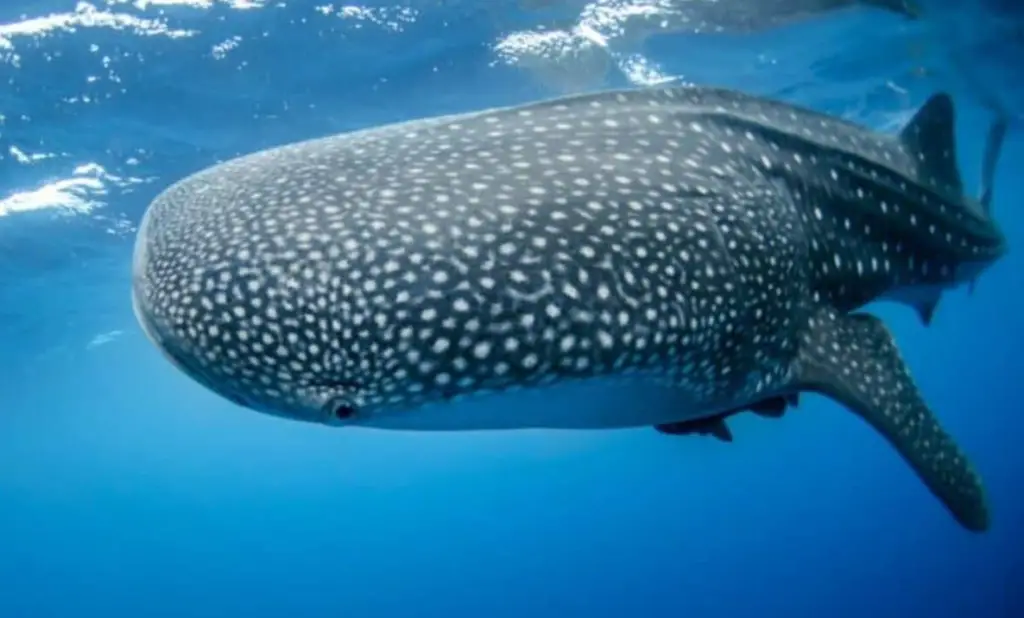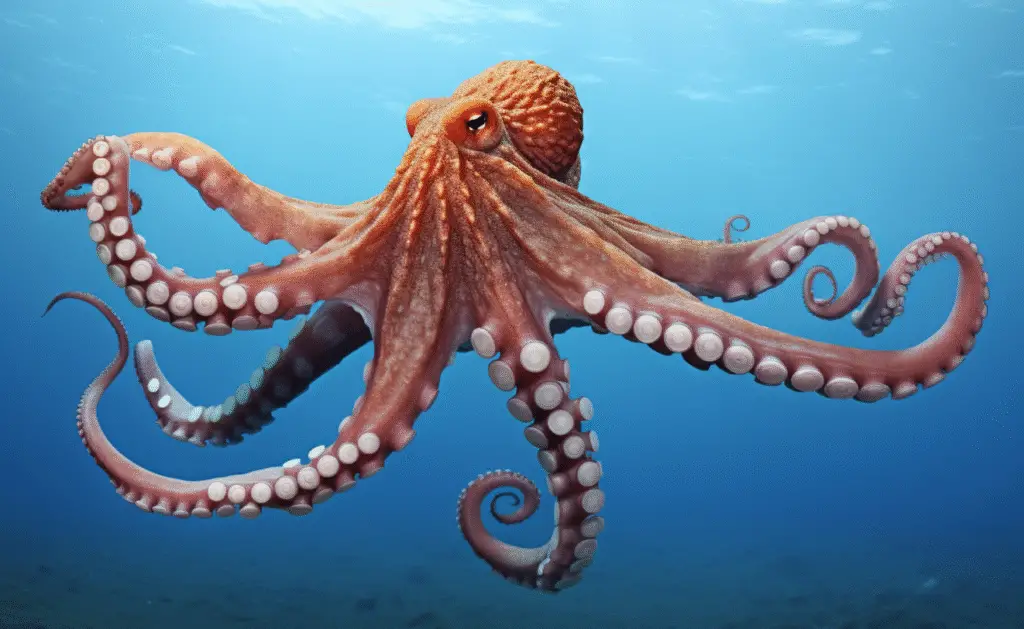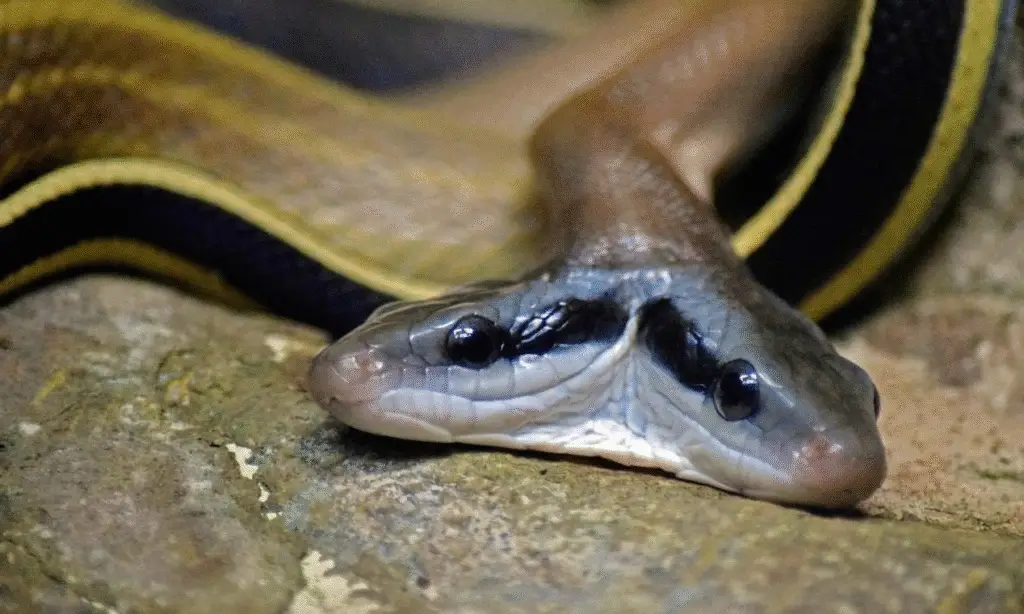Study Shows Bears Are Adaptable and Clever at Solving Problems

Let’s face it: when most of us think of bears, we picture them snacking on berries, fishing for salmon, or—let’s be honest—raiding picnic baskets.
But a groundbreaking new study is flipping the script, revealing that these iconic animals are far more than just brawny forest dwellers.
Turns out, brown bears (Ursus arctos) are exceptionally clever problem solvers, with cognitive skills that might just rival some primates.
Scientists have long wondered why bears, despite their solitary lifestyles, have such large brains relative to their body size.
After all, big brains are usually linked to social species like dolphins or chimpanzees, which need to navigate complex group dynamics.
But brown bears? They’re more like the introverts of the animal kingdom.
So what’s all that brainpower for? “It’s all about survival,” says Dr. Helen Chambers, co-author of the study.
“Bears are masters of adaptation—they thrive in everything from mountains to forests to Arctic tundras. Their brains might be the key to that flexibility.”
Putting Bear Brains to the Test
To crack this puzzle, researchers from the University of Salford in the UK designed two challenges for 17 captive brown bears across seven zoos.
The first was a metal puzzle box latched shut with a tasty treat inside.

The second? A suspended snack just out of reach, with a tree stump nearby that could theoretically act as a stepping stool.
Spoiler alert: the bears crushed it—but not exactly how scientists expected.
In the puzzle box task, 14 bears dove in headfirst (or paw-first), and every single one cracked the code at least once.
Some even became latch-opening pros. “Two bears figured out the mechanism so fast, they were popping it open in under 10 seconds by the end,” Chambers laughs.
“They went from fumbling around to ‘Oh, this latch thing? Easy peasy.’”
The object manipulation task, though, had a plot twist.
While 13 out of 15 bears snagged the snack, none used the stump as a tool.
Instead, they improvised like MacGyver—climbing the setup, shaking the food loose, or even brute-forcing their way up.
“They didn’t follow the script,” admits Chambers. “But that’s the point. They’re innovators.”
Trial, Error, and Bear IQ
So how’d they do it? The study suggests bears rely heavily on trial-and-error learning.
Think of it like trying every password combination until your phone unlocks—except with more claws.
Over time, the bears expanded their strategies, ditching what didn’t work and doubling down on what did.
Even more impressive? They remembered successful tactics from earlier tries.
“It wasn’t just luck,” says Chambers. “They learned and adapted. That’s advanced cognitive flexibility.”
Motivation also played a huge role. The quicker a bear approached the task, the faster it solved it.
“Some were like, ‘Food? I’m in!’ Others needed a minute to muster enthusiasm,” Chambers explains.
“It’s relatable, really. We’ve all had days where we’re just not feeling the grind.”
Why Tool Use Isn’t Everything
Now, here’s where things get spicy. The bears’ refusal to use the stump as a tool might seem like a fail, but researchers argue it’s a win for creativity.
While tool use is often seen as the gold standard of animal intelligence (looking at you, chimps with sticks), bears prefer to think outside the box.
“Why use a stool when you can just climb the dang pole?” says Chambers. “They’re pragmatic. If Plan A works, why bother with Plan B?”
But don’t write off bear tool skills entirely. A 2012 study documented a wild brown bear in Alaska using a barnacle-covered rock to scratch an itchy molt—a rare example of spontaneous tool use in the species.
“It’s not that they can’t use tools,” Chambers clarifies. “They just don’t need to most of the time. Their physicality and ingenuity get the job done.”

The Evolutionary Edge
So why did bears evolve such hefty brains if they’re not schmoozing at bear cocktail parties? The answer lies in their survival playbook.
Brown bears are dietary generalists, munching on everything from elk to moths to garbage cans (much to campers’ dismay).
That versatility requires serious cognitive horsepower.
“Imagine switching from hunting prey to digging up roots to outsmarting a locked cooler,” says Chambers. “You need a brain that can pivot on a dime.”
This behavioral flexibility might also explain why bears thrive in human-dominated landscapes.
“They’re the ultimate opportunists,” says wildlife biologist Dr. Sean O’Hara, co-author of the study.
“A bear that can crack a puzzle box today might figure out how to open your car door tomorrow. That’s both fascinating and… mildly terrifying.”
What’s Next for Bear Science?
The team plans to dive deeper into bear personalities, social dynamics, and how cognitive tests can improve welfare in captivity.
“We’re just scratching the surface,” says Chambers.
Future studies could explore how wild bears solve problems—like accessing beehives or navigating fences—and whether skills vary by species. (Looking at you, polar bears.)
For now, one thing’s clear: underestimating bears is a mistake.
“They’re not just lumbering giants,” says O’Hara. “They’re thinkers, innovators, and survivors. And honestly? We could learn a thing or two from them.”
Bear Safety PSA
Before you start side-eyeing your next hiking trip, remember: most bears want nothing to do with humans.
But if you do cross paths, the National Park Service has some very specific advice: Don’t push your slowest friend down as a distraction.
Seriously. Just back away slowly, and let the bear genius do its thing.
































